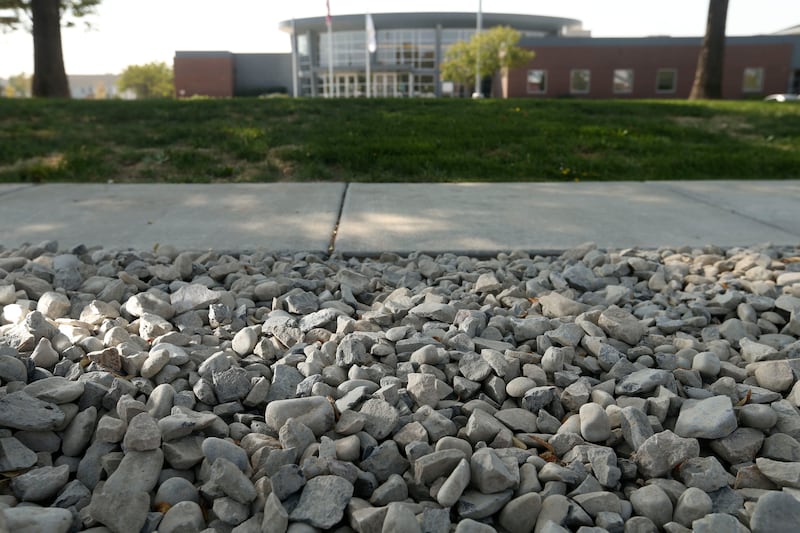One Utah lawmaker wants to curtail “nonfunctional” turf at schools, city offices and county offices, figuring the government ought to put its money where its mouth is when it comes to augmenting water supplies for the Great Salt Lake.
Rep. Doug Owens, R-Millcreek, is sponsoring HB11, which applies to those areas within the Great Salt Lake Basin drainage.
Under new construction or reconstruction beginning in May, nonfunctional turf could not exceed 20% of the landscaping footprint.
Nonfunctional turf has been defined as the grass you walk on only when you mow it.
Other entities, like the Southern Nevada Water Authority, employed an aggressive program to rid its areas of turf.
In Utah, there is no guarantee that water saved is going to the Great Salt Lake, which reached its lowest level last fall. That is the conundrum.
Rep. Scott Chew, R-Jensen, emphasized that, but said the message was important.
“So it is not so much about the water that is saved but the message, because we do not have any way of measuring what we save. But hopefully we get the message across that we got to start somewhere.”
Owens said he thought it was a fair characterization.
“One is we got to start with municipal and industrial savings and this nonfunctional turf is the lowest hanging fruit, frankly. And when you consider that the average turf gets watered about as much and probably a little bit more than the average alfalfa field in Utah, I’d rather see us growing alfalfa and grass if it’s not functional grass, and so I think it sends an important message to our ag community that we’re not going to rely on them for everything, but everybody in the state is going to pull together on conservation.”
The bill advanced out of the Natural Resources, Agriculture and Environment Committee Thursday, but not without some consternation from critics that fear it is a way for the nose of the Utah camel to poke under a larger tent for more regulations on private property.
Others worried about the detrimental effects of removing too much grass because it creates heat islands.
Easton Harris said turf around the home can lower the temperature by as much as 15 degrees and turf is a friend, not a foe.
“I have learned how grass sequesters 81% to 90% of the carbon captured in our urban environment — more than any other plant — and how turf grass reduces up to nine times more oxygen than any other plant.”
Grass provides a heat shield by providing a cooling effect, said Harris, a Sevier County sod farmer.
“I encourage the House Natural Resources Agriculture and Environment Committee to vote against HB11, as limiting the amount of turf grasses in our cities is not only damaging to our environment, but could lead to a worse situation for the Great Salt Lake in the long term. Our resources should be better spent on improvement of irrigation methods through water optimization lining of canals and ditches, and education on better irrigation practices,” Harris said.


